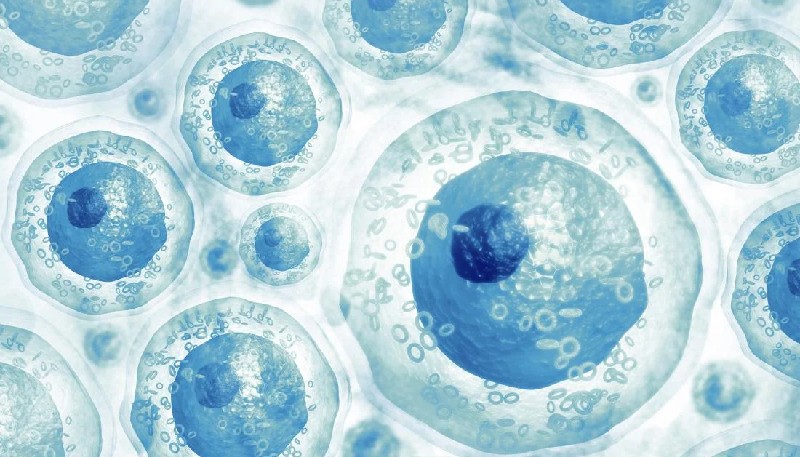
For over two decades, Stem Cell Extraction and Processing Techniques research has captured the imagination of scientists and the public alike. These remarkable cells, with their potential to develop into various specialized cell types, hold immense promise for the treatment of a wide range of diseases and injuries. However, before these therapies can reach their full potential, efficient and reliable methods for stem cell extraction and processing are crucial.
This article will delve into the current landscape of stem cell extraction and processing techniques, exploring the most common methods used for harvesting stem cells from different sources and the subsequent processing steps to ensure their viability and functionality.
Stem cells are unspecialized cells with the remarkable ability to self-renew and differentiate into mature cell types. There are two main categories of stem cells:
The choice of stem cell source depends on the intended therapeutic application. ESCs offer the greatest potential for cell therapy due to their pluripotency, but ethical considerations and the risk of teratoma formation (tumor growth) limit their clinical use. ASCs pose fewer ethical concerns and are readily available from sources like bone marrow, adipose tissue, and umbilical cord blood.
The specific method for extracting stem cells depends on the source:
Once extracted, stem cells undergo a series of processing steps to ensure their suitability for therapy:
The field of stem cell extraction and processing is constantly evolving. Researchers are exploring new methods to improve yield, minimize manipulation, and enhance stem cell functionality. Some promising areas include:
Stem cell extraction and processing techniques are the foundation for advancing Stem Cell Extraction and Processing Techniques therapies. As these techniques continue to evolve, we can expect to see a wider range of safe and effective stem cell-based treatments for various diseases and injuries.
Whether you need help with marketing, patient financing, legal compliance the team at Rize Up Medical can help.
Let us help you maximize efficiency and profit.

DISCLAIMER: THIS SITE DOES NOT OFFER MEDICAL GUIDANCE. The content available on this website, which includes but is not limited to text, visuals, images, and other materials, is solely for informational purposes. None of the resources provided here should replace expert medical counsel, diagnosis, or care. It is essential to consult your doctor or a competent healthcare professional if you have concerns about any medical conditions or treatments, prior to beginning a new healthcare routine. Do not disregard expert medical recommendations or postpone seeking assistance due to information found on this site.